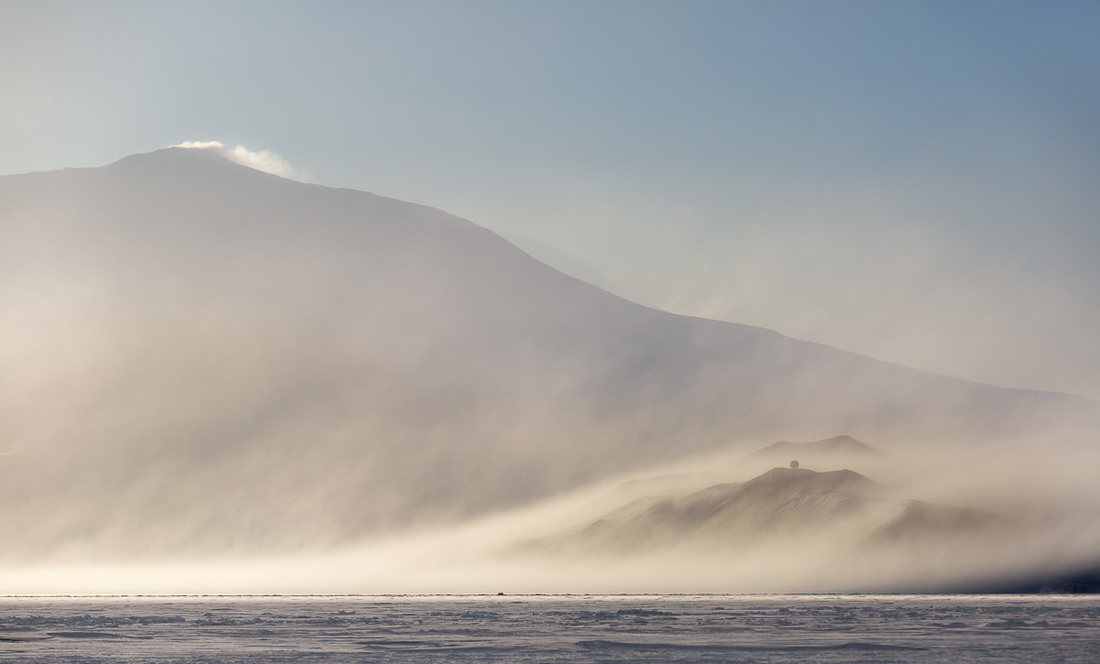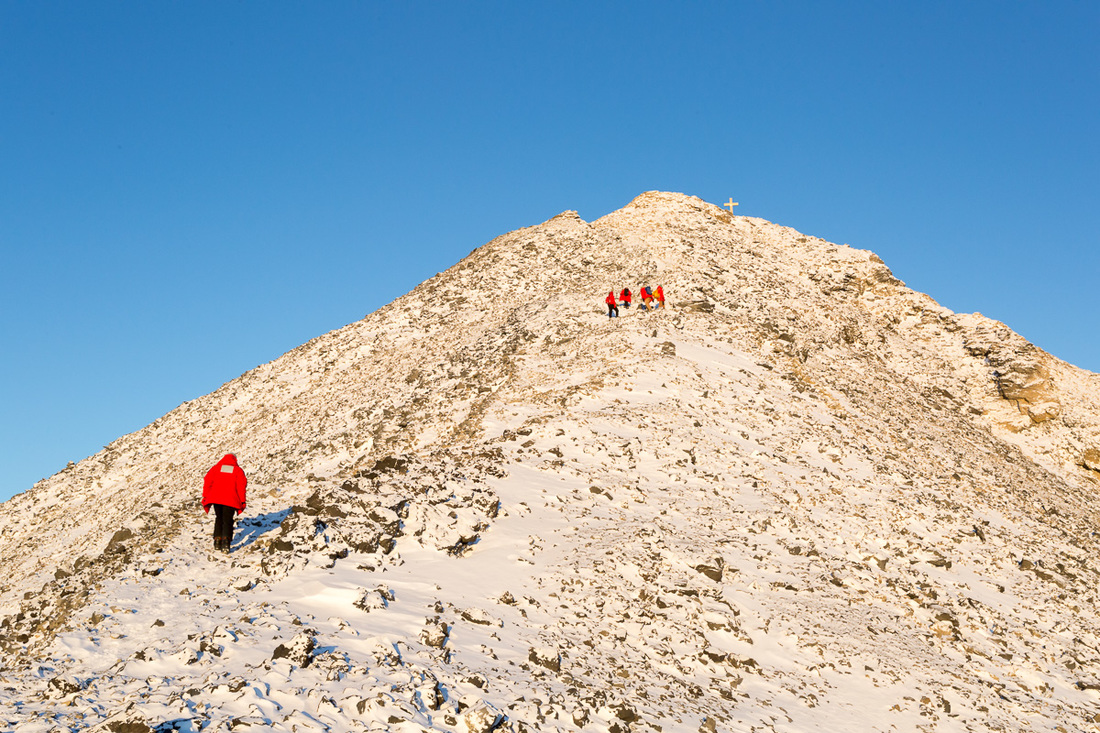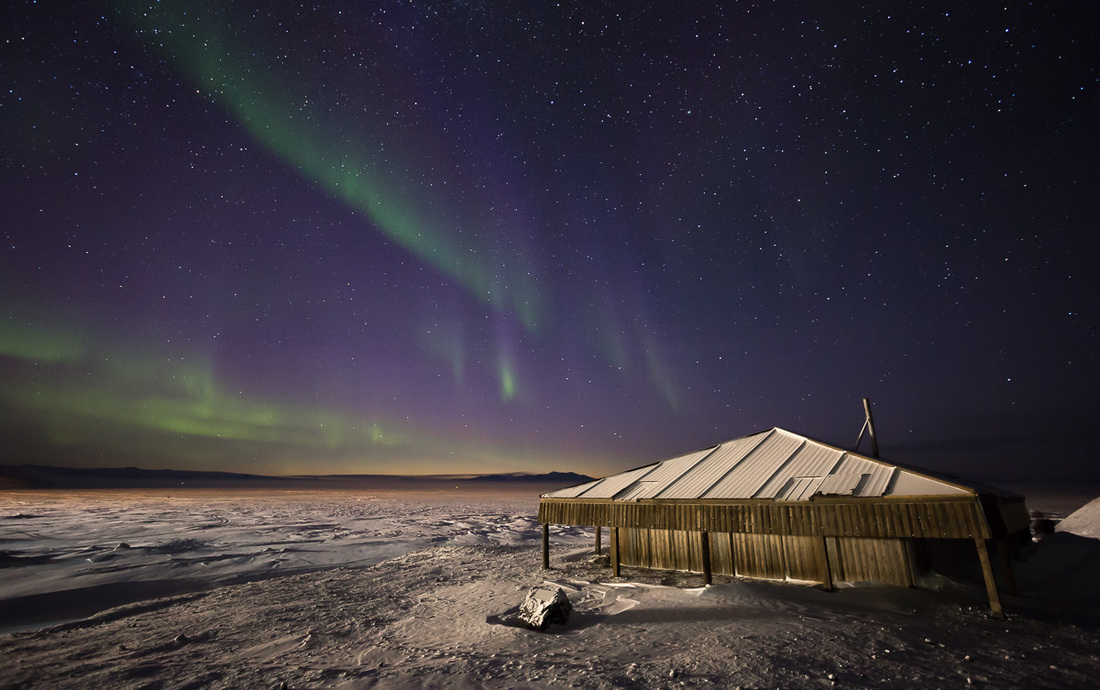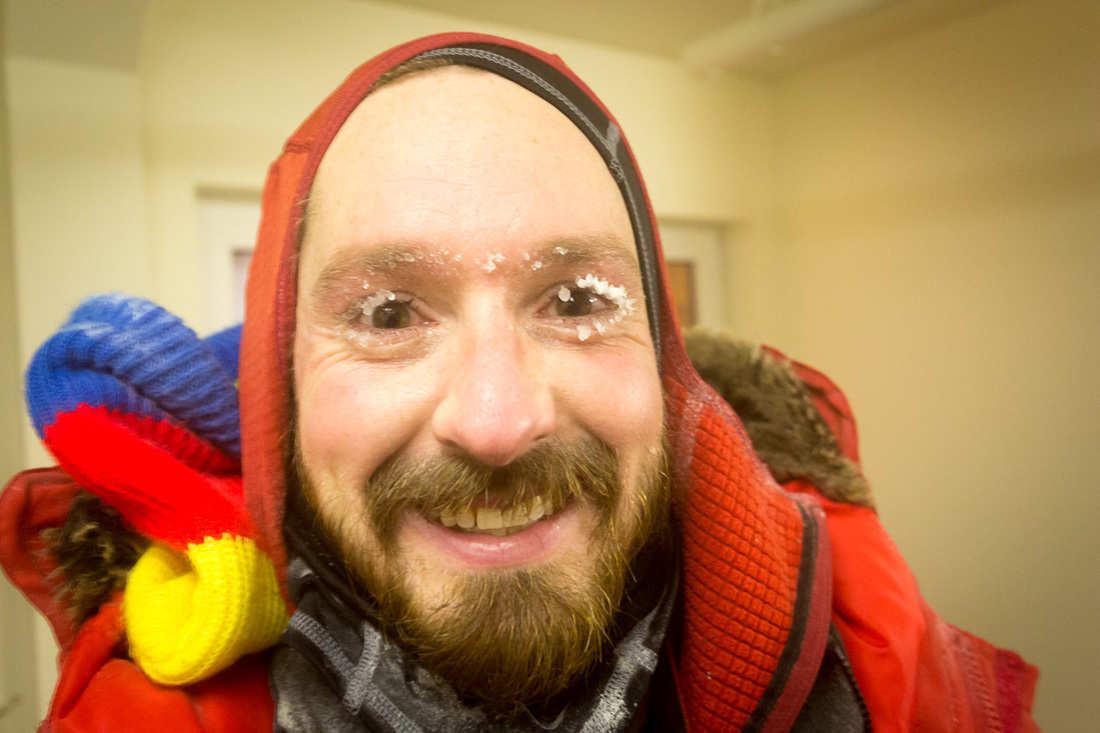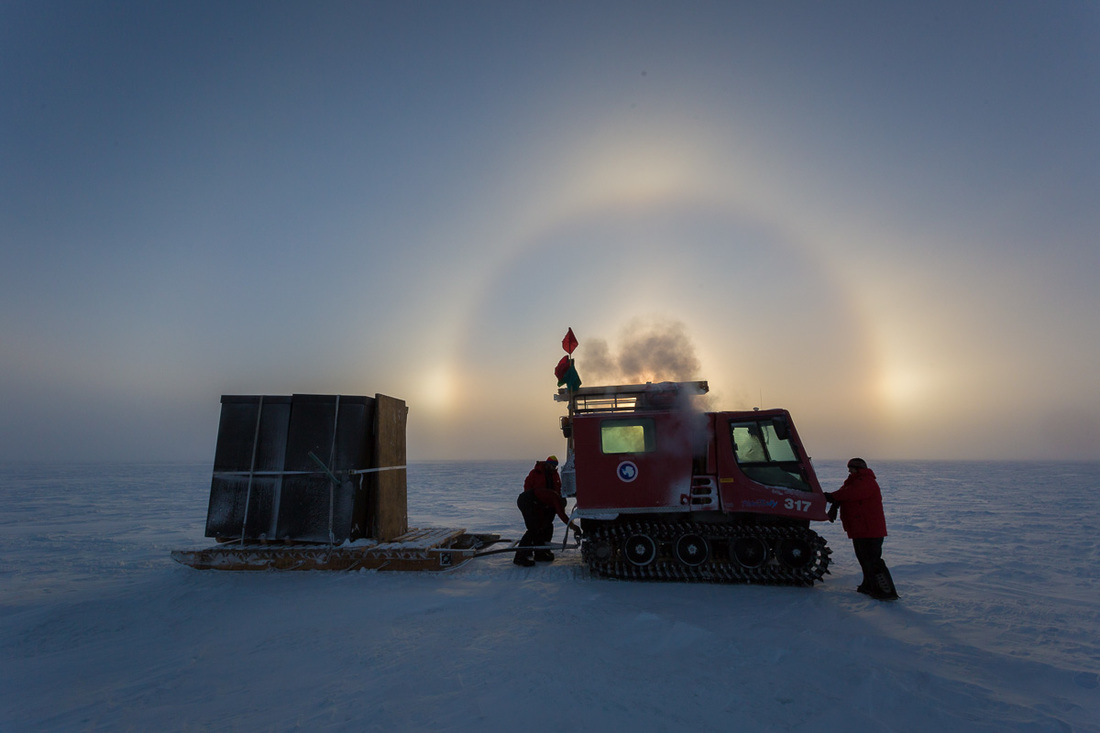Crary Instrument Lab
The resources here to support science are really impressive. We’ve felt very well supported by the people and equipment available. One mundane example for which I happen to have a video is the instrument lab in the Crary building. The other day, we were re-mounting a mapping sonar in the Sunfish robot, and I needed to tap some threads that had been corroded. Richard, who runs the Crary instrument lab, got me set up with a tap set, compressed air, isopropyl alcohol, pipe cleaners, and oil in no time. Tapping threads is a pretty generic task, but we’ve had all kinds of obscure needs met quickly and easily at McMurdo Station.
Reporting by Peter Kimball
